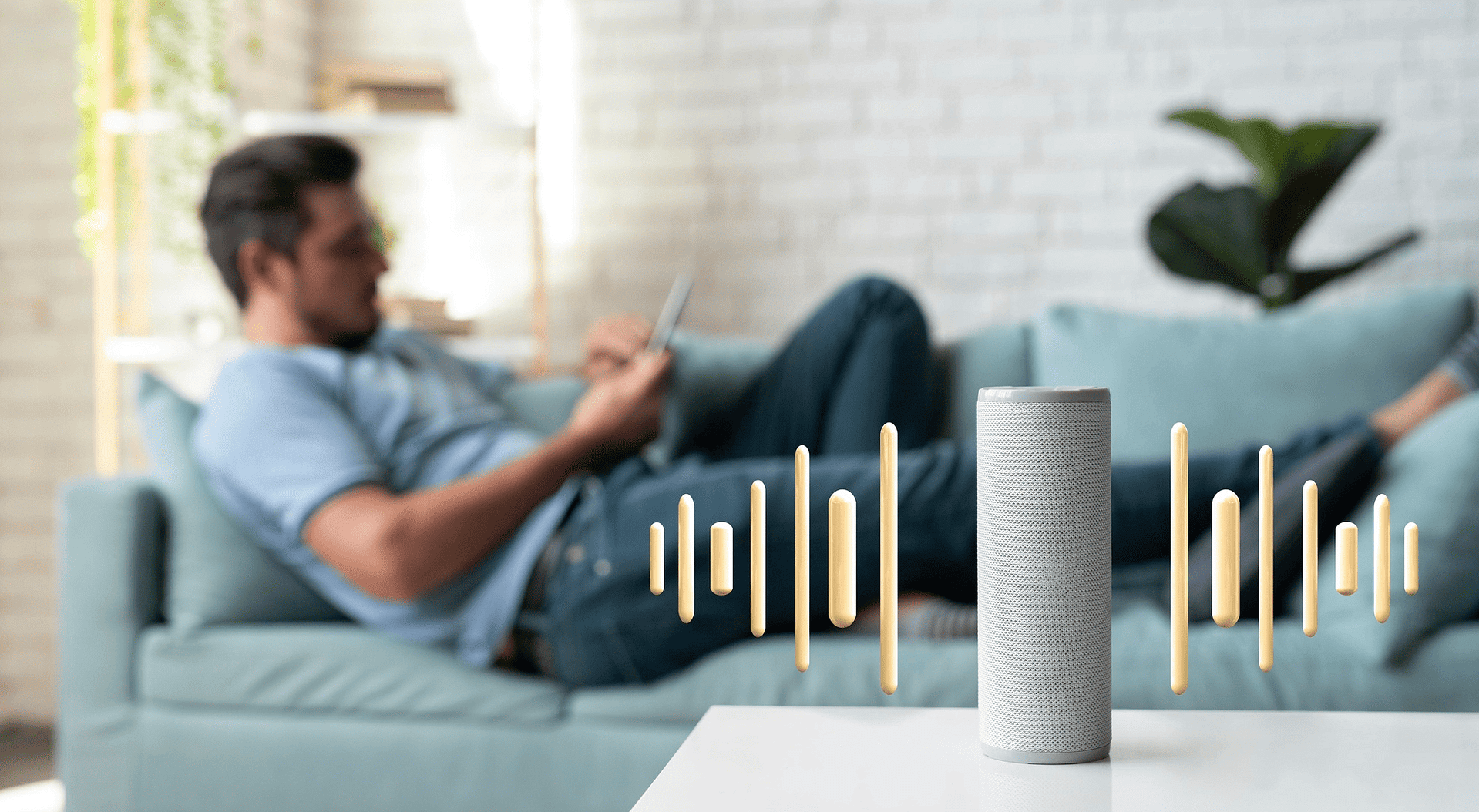What is Dolby Atmos?
Introduced in 2012, Dolby Atmos extends 5.1 and 7.1 setups with speakers spread across the room to create an immersive 3D audio experience.
In a cinema environment, up to 64 speakers can be placed in front of, around and above you. This adds treble dimension to the sound and creates a speaker hemisphere that allows filmmakers and sound designers to direct specific sounds to specific areas with a high degree of precision.
The main thing to realize about Atmos is the concept of sound objects. Previously, sounds were sent to specific channels—parts of the sound routed to specific speakers.
With Dolby Atmos, sound engineers don’t have to limit the sound to a specific channel. They can specify where an individual sound is coming from and where it’s moving, and the Atmos system interprets that data and plays it back in a virtual 3D space.
The result is sound that feels like it’s coming from the room you’re sitting in. You can hear the raindrops falling, the sounds of helicopters as if flying above you.
With Atmos, the base level of sound is still mixed using a traditional channel-based approach. These are ambient, static sounds that do not require precise placement. Audio objects are placed on top along with their respective spatial metadata to create a more dynamic experience. The technology allows up to 128 sound channels, 10 of which are used for the base layer, the remaining 118 for sound objects.
How can I listen to Dolby Atmos sound?
The easiest way to hear what Atmos is all about is to find a theater with the necessary technology.
Another option is to upgrade your home audio setup. Of course, when it comes to upgrading your personal system, 64 speakers is a logistical challenge at best and downright insane at worst. That’s why Dolby and home theater brands are introducing different products to extend the reach of Atmos.
All headphones can play Dolby Atmos because no specific technology is required to make them work. Soundbars are increasingly capable of playing Atmos movie soundtracks by incorporating upward-facing speakers that shoot sound toward the ceiling, or virtually reproduce the Atmos effect through digital processing.
Atmos on mobile
Because Dolby Atmos is designed to adapt to whatever device you’re listening to, you can experience Atmos sound with your smartphone, tablet or headphones. Even if it’s on mobile, don’t expect sound above or around you – think of it as better sound.
Atmos on mobile is made possible by combining traditional virtual surround sound technology with object-based Dolby Atmos sound. The combination of these two headphones makes it possible to reproduce a convincing version of the 3D sound environment.
Dolby told Trusted Reviews that manufacturers can build Atmos into both software and hardware, meaning your device doesn’t necessarily need specific hardware to use it, although Apple’s surround sound with Dolby Atmos uses accelerometers on certain iOS devices to create head tracking. desired effect.




